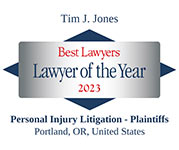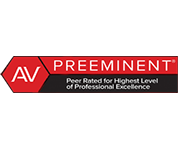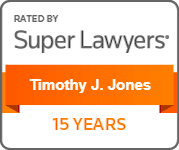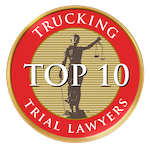January 1, 2024
Car Accident Laws in Oregon – Determining Fault and Seeking Compensation
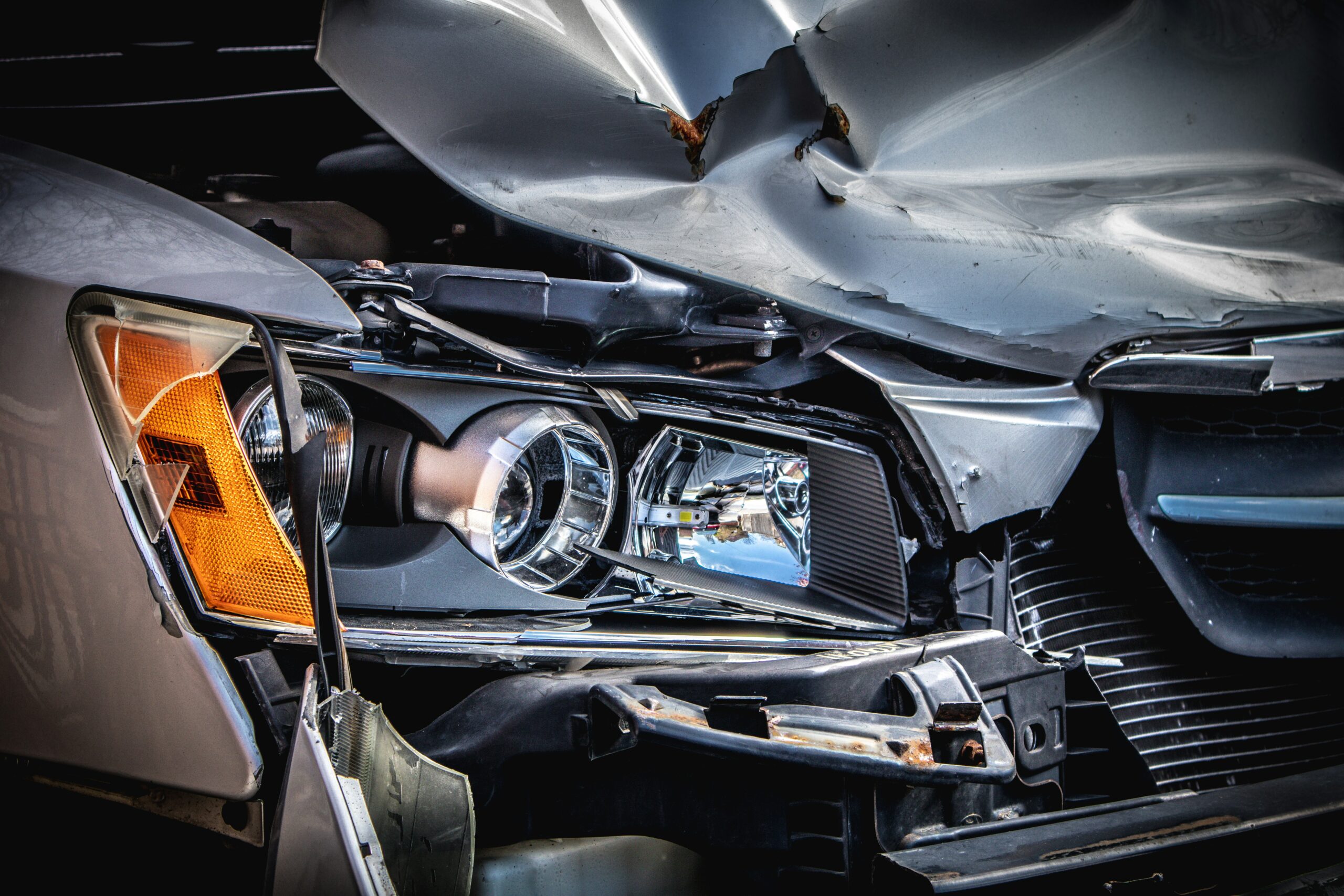
Auto accidents can have lasting consequences, leaving victims with serious injuries and financial stress. Unlike some states, Oregon operates as an at-fault state, meaning that determining who caused the accident is essential for securing compensation. Below, we provide insights into how fault is established in Oregon crashes and what steps to take if you’re involved in one.
How Fault Is Determined in Oregon Vehicular Accidents
Establishing fault after a car or truck accident requires examining all the details of the crash, including road conditions, traffic signals, weather, and each driver’s actions.
For example, in a rear-end collision, the driver who struck the car in front is typically presumed responsible. However, if the lead vehicle had malfunctioning brake lights or stopped suddenly, liability may be shared. In truck accidents, determining fault can be more complicated, as the trucking company, maintenance provider, or vehicle manufacturer may bear some responsibility.
Oregon follows modified comparative negligence laws, meaning fault is divided by percentage. If you are found 20% at fault for an accident resulting in $10,000 in damages, your compensation would be reduced by that percentage, leaving you eligible to recover $8,000.
If fault is disputed, working with an experienced personal injury attorney can help ensure that evidence—such as police reports, witness statements, and expert analysis—is properly gathered and presented.
Proving Negligence in Auto Accident Cases
In Oregon, proving fault in an auto accident typically requires demonstrating negligence. This means showing that:
- The other driver had a duty of care to drive safely.
- They breached that duty by acting recklessly or carelessly.
- Their actions directly caused the crash and your injuries.
Common examples of negligent driving include:
- Speeding or aggressive driving
- Running red lights or stop signs
- Driving while distracted
- Failing to yield or making improper lane changes
- Driving under the influence
Insurance companies may attempt to minimize their client’s fault or downplay the severity of your injuries. An experienced Oregon personal injury lawyer, like Tim Jones PC, understands these tactics and can advocate for fair compensation.
Types of Auto and Truck Accidents in Oregon
Different types of crashes present unique challenges when determining fault.
Rear-End Collisions
The driver in the rear is usually responsible for not maintaining a safe distance, but sudden stops or faulty brake lights on the lead vehicle could shift some liability.
Lane-Change Accidents
Drivers must signal and check blind spots before merging. If a crash happens due to an unsafe lane change, the merging driver is often at fault—unless the other driver was speeding or failed to yield.
T-Bone Accidents
Often occurring at intersections, these crashes are usually caused by a driver ignoring traffic signals or failing to yield the right-of-way.
Truck Accidents
Truck crashes often involve multiple parties, including the truck driver, trucking company, or even a parts manufacturer. Driver fatigue, improper cargo loading, or maintenance failures can all contribute to fault.
Right and Left Turn Crashes
Turning drivers must yield to oncoming traffic and pedestrians. If a turn is made unsafely, the driver making the turn is typically responsible.
Drunk Driving Accidents
If a driver is impaired, they are usually found at fault, but circumstances such as road hazards or other drivers’ actions may contribute to shared liability.
Pedestrian and Bicycle Accidents
Drivers are typically responsible for yielding to pedestrians and cyclists. However, if a pedestrian was jaywalking or a cyclist failed to follow traffic laws, they may share liability.

Evidence That Helps Establish Fault
A variety of evidence can be used to prove fault in Oregon auto accident claims:
- Surveillance Footage – Video from traffic or dashboard cameras can provide clear proof of how the accident occurred.
- Witness Statements – Bystanders can offer unbiased perspectives that support your claim.
- Police Reports – Officers document key details that may indicate who was responsible.
- Accident Scene Evidence – Skid marks, vehicle damage, and road conditions can help reconstruct the crash.
What to Do If Fault Is Disputed
If an insurance company challenges your claim, you may need to provide additional evidence or request a revision of the police report. A knowledgeable Oregon personal injury attorney can handle negotiations, gather supporting documentation, and, if necessary, take your case to court to fight for fair compensation.
Need Help After an Auto or Truck Accident? Contact Tim Jones PC
If you’ve been injured in a car or truck accident, it’s important to understand your rights. Tim Jones PC is dedicated to helping victims navigate Oregon personal injury claims, from collecting evidence to negotiating with insurance companies.
Contact Tim Jones PC today for a free consultation and learn how we can help you pursue the compensation you deserve.

